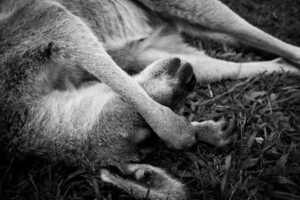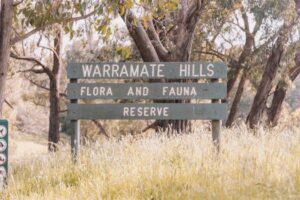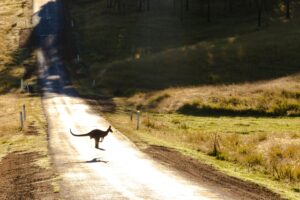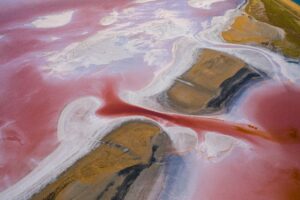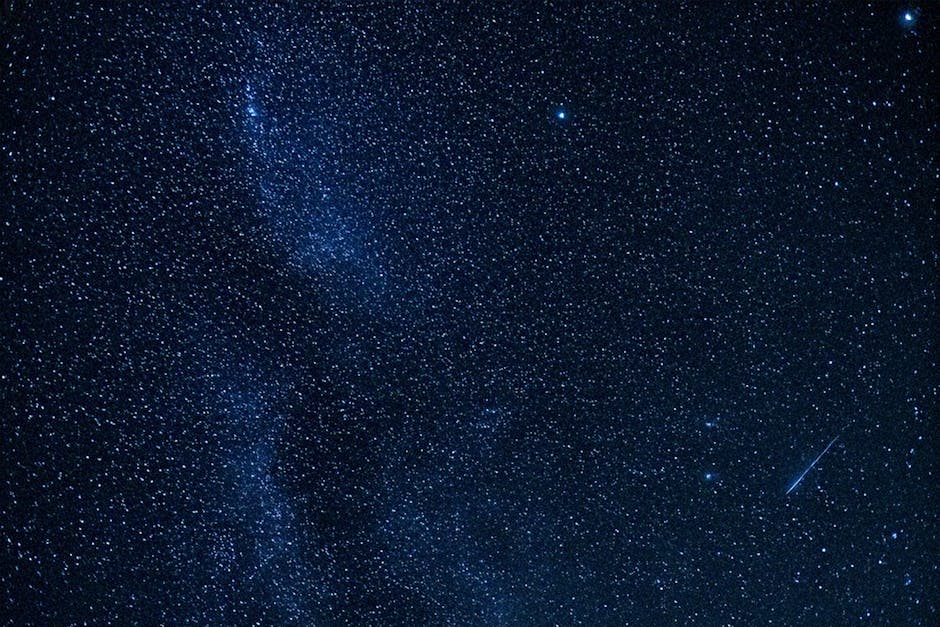⏱️ 6 min read
The Star Wars saga has captivated audiences for decades, becoming one of the most influential film franchises in cinematic history. While millions have watched the adventures unfold on screen, the stories behind the cameras are just as fascinating as the epic space opera itself. From budget constraints to improvised dialogue and unexpected casting decisions, the making of Star Wars is filled with remarkable moments that shaped the films we know and love today.
Secrets from the Galaxy Far, Far Away
1. George Lucas Expected the Film to Fail
When George Lucas was finishing the original Star Wars film in 1977, he was convinced it would be a disaster. The stress of production had taken such a toll on him that he developed hypertension and exhaustion. While the film premiered, Lucas was in Hawaii with his friend Steven Spielberg, deliberately avoiding what he believed would be a catastrophic opening. Instead, he received a phone call informing him that the film was breaking box office records, with lines of moviegoers wrapping around theaters across the country.
2. Chewbacca Was Inspired by George Lucas's Dog
The beloved Wookiee character Chewbacca had an unlikely source of inspiration: George Lucas's Alaskan Malamute named Indiana. The large, furry dog would often sit in the passenger seat of Lucas's car, and this image sparked the idea for Han Solo's loyal co-pilot. Interestingly, this same dog also inspired the name of another famous character—Indiana Jones. The connection between Lucas's pet and two iconic film characters demonstrates how everyday experiences can influence creative storytelling.
3. The Lightsaber Sound Was Created by Accident
One of the most recognizable sounds in cinema history—the lightsaber hum—was discovered completely by chance. Sound designer Ben Burtt was carrying a microphone past an old television set when he noticed an interesting interference sound. He combined this with the hum of a film projector motor to create the iconic weapon sound. Each lightsaber movement was then created by waving a microphone in front of a speaker playing the base hum, with variations in motion creating different swoosh effects.
4. R2-D2's Name Came from Film Editing Terminology
During late-night editing sessions for his film "American Graffiti," George Lucas was asked by a sound editor for "Reel 2, Dialogue 2," which was abbreviated as "R2-D2." Lucas liked the sound of this designation so much that he jotted it down and eventually used it for the plucky astromech droid. This random moment during post-production on a completely different film inadvertently named one of Star Wars' most enduring characters.
5. The Stormtrooper Who Hit His Head Became a Legendary Blooper
In "A New Hope," a Stormtrooper can be seen hitting his head on a door frame as troops enter the control room where R2-D2 and C-3PO are hiding. This accidental bump was left in the final cut and has become one of the most famous bloopers in film history. The error was so beloved by fans that later Star Wars films and shows have included deliberate homages to it. The sound of the head bump was even enhanced in later editions of the film to make it more noticeable.
6. Harrison Ford Improvised His Most Famous Line
When Princess Leia tells Han Solo "I love you" before he's frozen in carbonite in "The Empire Strikes Back," the script called for Han to respond with "I love you too." However, Harrison Ford felt this didn't fit his character and improvised the now-iconic line "I know." Director Irvin Kershner loved the response because it perfectly captured Han Solo's roguish personality. This single improvisation became one of the most quoted lines in the entire franchise and defined the character's charm.
7. Yoda Was Almost Played by a Monkey
Before settling on a puppet designed by Frank Oz and Stuart Freeborn, George Lucas considered several alternatives for bringing Yoda to life. One serious proposal involved costuming a monkey and using a mask to create the Jedi Master. Fortunately, Lucas decided this approach wouldn't provide the nuanced performance necessary for such an important character. The puppet solution, operated by Frank Oz, allowed for the subtle expressions and movements that made Yoda one of cinema's most beloved characters.
8. The Opening Crawl Was Created with Practical Effects
The iconic opening text crawl wasn't created with digital effects but rather through a painstaking practical process. The text was printed on a large sheet of paper that was approximately six feet wide and twenty feet long. This sheet was laid on the floor and filmed from above using a camera on a special rig that moved slowly over it. The perspective effect was created entirely through camera angles and physical positioning, a testament to the ingenuity required before modern digital effects.
9. David Prowse Didn't Know Vader's Big Secret
David Prowse, who physically portrayed Darth Vader in the original trilogy, wasn't trusted with the secret that Vader was Luke's father. During filming of "The Empire Strikes Back," Prowse delivered dummy dialogue, and James Earl Jones later recorded the actual "I am your father" line in post-production. Only a handful of people knew the real dialogue, and Prowse reportedly learned the truth when he watched the film in theaters alongside regular audiences. This extreme secrecy helped preserve one of cinema's greatest plot twists.
10. Ewoks Were a Budget-Friendly Substitute for Wookiees
George Lucas originally envisioned the Battle of Endor featuring Wookiees helping to destroy the shield generator. However, since Chewbacca had already demonstrated advanced technical skills throughout the trilogy, Lucas felt that a primitive species would better serve the story's theme of nature triumphing over technology. The practical reason was also financial—Ewok costumes were significantly cheaper to produce than Wookiee costumes would have been for an entire army of characters.
11. Actual WWII Footage Was Used for Battle Reference
The space battle sequences in the original trilogy were directly inspired by World War II dogfight footage. Editors compiled footage from war films and documentaries, creating rough cuts with the aerial combat replacing where the spaceships would eventually appear. This technique helped the special effects team understand the pacing and movement needed for the final sequences. Some shots in the final films mirror specific moments from historical battles, creating a familiar yet fantastic combat experience.
12. The Emperor's Hologram Was Created with a Chimpanzee's Eyes
In the original version of "The Empire Strikes Back," the hologram of Emperor Palpatine was created using a combination of techniques. The face was actually a woman wearing prosthetic makeup, with chimpanzee eyes superimposed to create an otherworldly appearance. The voice was provided by Clive Revill with additional effects. This version was later replaced in the 2004 DVD release with Ian McDiarmid, who portrayed the Emperor in "Return of the Jedi" and the prequel trilogy, providing continuity across the saga.
The Legacy of Innovation
These behind-the-scenes revelations demonstrate that the Star Wars films were as much about problem-solving and creative improvisation as they were about storytelling. The combination of happy accidents, budget constraints, and inspired decisions created a franchise that revolutionized filmmaking. From sound design to practical effects, from improvised dialogue to secretive scripts, each choice contributed to the magic that has entertained generations. Understanding these production stories deepens appreciation for the artistry and determination required to bring George Lucas's vision to life, proving that sometimes the journey to create something extraordinary is just as compelling as the final product itself.


